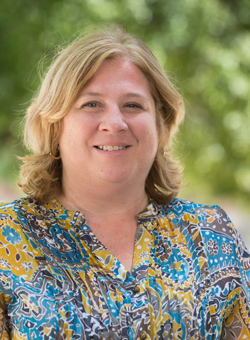 This coming Wednesday, RCFC welcomes CSU professor Michelle A. Glantz, Ph.D., a paleoanthropologist whose work investigates where, when, and how Neandertals interacted with modern humans on the Ice Age landscapes of Central Asia. Following an introduction by Bob Meroney, Dr. Glantz will explain how new genetic data have completely changed the way anthropologists understand the relationship between Neandertals and modern humans and the role the Neandertals played in our evolutionary history. As a result, the question arises “Are the Neandertals really extinct if they are in us?”
This coming Wednesday, RCFC welcomes CSU professor Michelle A. Glantz, Ph.D., a paleoanthropologist whose work investigates where, when, and how Neandertals interacted with modern humans on the Ice Age landscapes of Central Asia. Following an introduction by Bob Meroney, Dr. Glantz will explain how new genetic data have completely changed the way anthropologists understand the relationship between Neandertals and modern humans and the role the Neandertals played in our evolutionary history. As a result, the question arises “Are the Neandertals really extinct if they are in us?”
With our speaker’s guidance, we will explore the history of the Neandertals, investigate the genomic data that supports the intermixture of modern humans with many archaic groups and reflect on the material culture of both groups (Neandertals and moderns) to determine what culture suggests about behavioral/cognitive abilities. We will explore casts of Neandertal and modern human remains in order to compare and contrast their respective morphologies.
Dr. Glantz’ primary expertise concerns dental anatomy and morphology. She has participated in and led field work in cave sites in France, Israel, and Uzbekistan, as well as archaeological surveys in Ethiopia. She has published on newly discovered archaic human fossils from Uzbekistan as well as a handful of other related topics. Her BA and PhD are from the University of Pennsylvania and she has been faculty at CSU since 2000. She is currently Professor and Chair in the Department of Anthropology and Geography as well as interim Chair in the Department of Ethnic Studies. She teaches Human Evolution, a class on Neandertals, as well as Human Osteology, Dental Anthropology, and graduate level classes on paleoclimate.